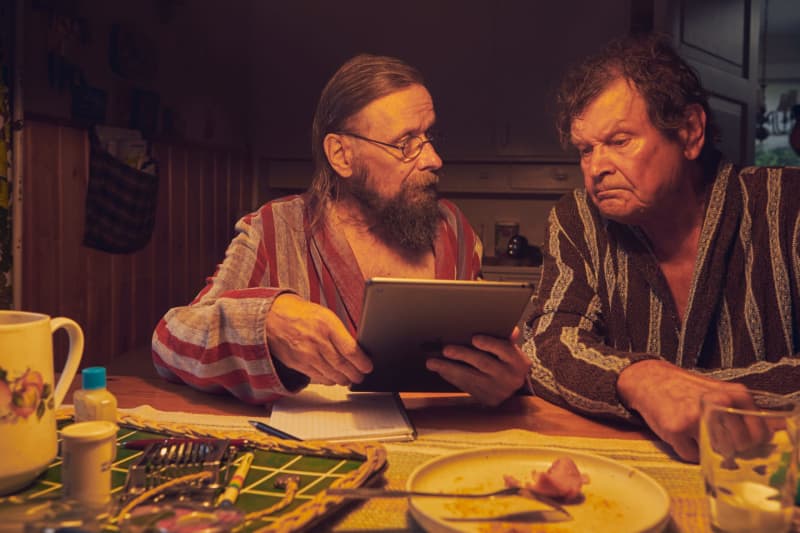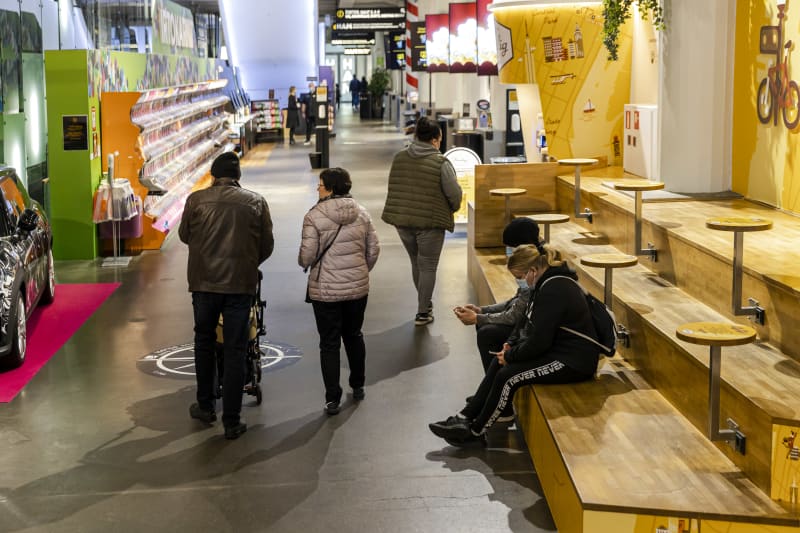
The buzz around domestic films is confusing. Audiences do not arrive until the film has already changed . The industry believes the situation will soon return to normal.
The film industry in Finland is going through strange times. Domestic films are successful at festivals, new cinemas are opening and financiers have remained supportive. But the audience figures are bleak. We found out what’s going on.
This autumn, filmgoers have had to splash out on popcorn in cramped halls, as audiences have not returned to theatres as they used to after the coronation.
At least it cannot be due to a lack of domestic supply. The film industry is in the process of unwinding its bubble, and in the first week of November, for example, there were three domestic premieres.

It’s no wonder that the audience has its head on wheels and cinemas are building a special kind of puzzle so that the premieres can be rolled onto the big screen with honor.
Still, recent domestic movies have had enough media coverage and festival success.
Many Finnish films have also made new international openings. *My dear sea captain* will be released in the spring in more than 30 countries.
The public won’t be able to get on board when the film has already started
Tero Koistinen admits that the situation is special and believes that it is caused by several reasons, of which the corona pandemic and its consequences are the biggest.
The total number of viewers is affected by the corona lockdown at the beginning of this year, during which movie theaters were completely closed.
The rush of domestic premieres has affected the behavior of viewers.
While before the corona pandemic you could think of going to see a new domestic movie, say, a month after the premiere, now it’s unhelpfully late. Viewers have been confused and many have not been able to react to the rapidly changing program.

The pandemic can be seen not only in the premiere fog but also in the lack of big box office draws.
– Big Hollywood movies often serve as audience drivers, but now there have been few of them due to the corona virus.
Productions or premieres of big films were postponed due to the pandemic. In addition, the studio has its own streaming channels. Movies have been inserted into them, which before the corona virus would have been distributed in large volumes to theaters, Koistinen says.
Young families and young children wanted at the cinema
The film doesn’t disappear from the theater after it’s gone. Many continue their lives in streaming services and television shows. On average, a film has a tail of at least ten years.

Kemppinen is currently particularly concerned about the film routines of new generations.
– If you think about children born a couple of years before the corona pandemic and their families, you realize that these children have never necessarily been to the movies, Kemppinen says.
During the pandemic, families invested in streaming platforms like the Disney service or watched children’s content from, say, Yle Areena. The families’ experience was perhaps that watching a movie at home is easier and cheaper for a family with children than going to the cinema.
– Now we should get families back to the movies. We have to think about how that habit is created and how it is served to them. Children are the moviegoers of the future, Kemppinen reflects.
Markets and investors believe in the film
The movement of families is of course also affected by how much money is available. Now those living in the peak years are financially tight, when the price of energy rises and movement is expensive.
Koistinen of the Film Chamber informs the media about the depression speech.
– Sometimes the media’s message seems to be to beware of the coming winter: the frost will bite and the bread will run out. This kind of talk obviously affects what kind of consumption choices are made, Koistinen smiles.
Banks’ credit card analyzes report a different kind of reality. According to Petri Kemppinen, they say that money has started to be spent on entertainment again after the corona pandemic. First people returned to restaurants, then sports competitions, concerts and theater have taken off. This would indicate that the film will also get its part before long.
For these reasons, even investors seem to believe in the future. For example, the Finnish Impact Film Fund increased its capital this autumn from 5.5 million euros to as much as 13.5 million euros.
In the past two years, FIFF has made a total of 16 investments in domestic films and TV series.
Viewers need to remember how much fun it was to go to the cinema
Both Tero Koistinen and Petri Kemppinen assure that the film industry is by no means in a surrender mindset. Both believe that the drop in viewership is temporary and there are ways to revive cinema attendance.
Koistinen mentions campaigns that activate the audience and the attractiveness of new cinemas. New halls have been opened all over Finland and they seem to interest the public. Koistinen mentions Raisio Finnkino’s Luxe theater and Seinäjoki’s Bio-Rex as examples. New gyms are also being opened in Helsinki in the near future.
– Yes, the world market believes in the cinema experience. Such an assumption is that during the year 2024 or the beginning of 2025 at the latest, we will be in the same numbers as before the pandemic, Kemppinen reflects.

According to Koistinen, there is reason to be satisfied with the viewership of domestic films even at the moment. The beginning of the year was lost to the corona restrictions, but still the viewership numbers are only 20 percent behind the time before the pandemic. It means that currently domestic films have gathered a total of well over four million viewers.
Previous crisis years have shown that people need an escape from everyday life in difficult times. Whether the escape route will be a movie in the future, no one knows yet.
Read also:
